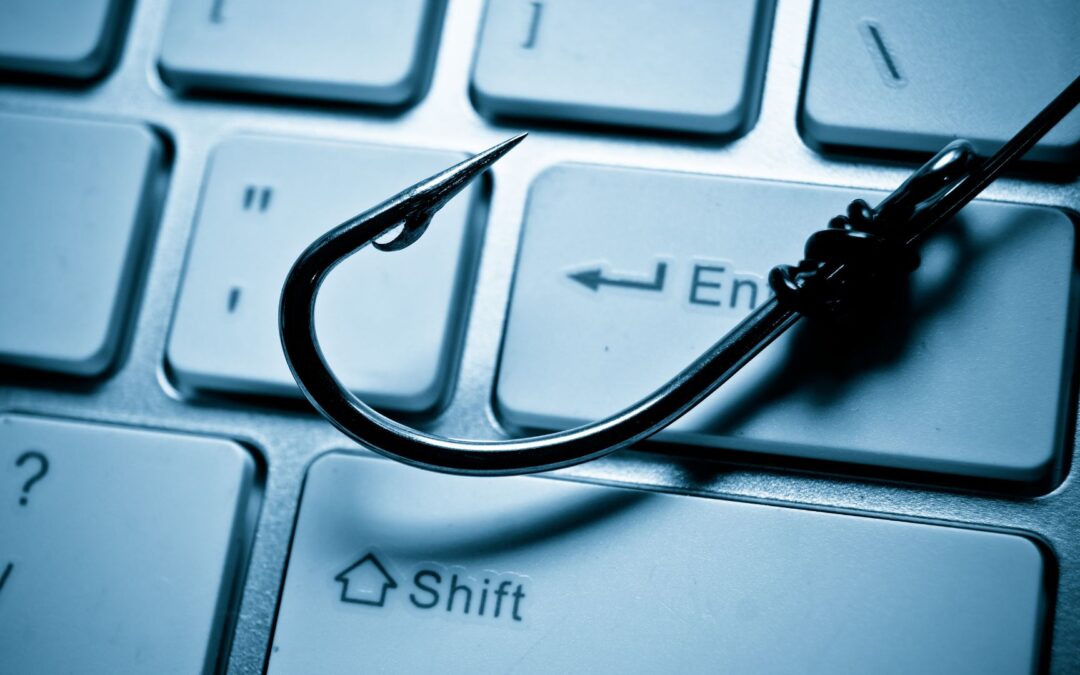What are Spoofed Email Addresses and Phishing Attempts?
A spoofed email address is an email that appears to be sent from a legitimate source however it is fake. Cybercriminals use spoofed email addresses to trick recipients into thinking they are receiving an email from a trusted source. Phishing attempts are described as social engineering that involves sending fraudulent emails which appear to be from reputable sources. The end goal is to trick recipients into giving away sensitive information like login credentials or financial details.
Why are Spoofed Email Addresses and Phishing Attempts Dangerous?
Spoofed email addresses and phishing attempts can result in numerous consequences for businesses such as data breaches, financial losses, and reputational damage. If an attacker gains access to an employee’s login credentials or personal information, they can use it to steal sensitive data or conduct unauthorized transactions, resulting in significant financial harm to the company. Data breaches can result in damaging company reputation, erode customer trust, and legal / regulatory penalties.
How to Protect Your Business from Spoofed Email Addresses and Phishing Attempts
There are numerous ways businesses can protect themselves from spoofed email addresses and phishing attempts.
- Implement Multi-Factor Authentication (MFA): MFA adds an extra layer of security to user accounts by requiring users to provide multiple forms of authentication to access their accounts.
- Educate Employees: Provide employees with regular training around recognising phishing attempts and spoofed email addresses. Encourage to report any suspicious activity to a trusted IT department.
- Utilise Email Filters: Email filters, such as Topsec Cloud Solutions are crucial to ensure safety. Such filters can help block malicious emails from reaching your employees inboxes, which prevents clicking on harmful links or downloading malicious attachments.
- Regular Software Updates: Keeping your software up to date can help prevent cybercriminals from exploiting known vulnerabilities in your systems.
How to Spot a Spoofed Email:
Legit Email: BITS – Business IT Solutions <[email protected]>
Spoofed Email: BITS – Business IT Solutions [email protected]
The Display name is the same but the actual email is different/wrong.
The Contents of the Email:
- Emails may have subtle spelling mistakes to test how aware the recipient is.
- Cybercriminals may ask you to “Reauthenticate” or “Confirm” account details where you need to click on a link that will bring you to a false website asking you to enter account details like username/password
- Emails may have a link that if clicked will download malware or viruses to your machine
- Emails may have attachments that if opened will install malware or viruses to your machine
- Emails may be asking for you to purchase something like gift cards and send them the voucher codes
What to Do if You Think You’ve Received an Email that has been Spoofed:
If you have any doubts or uncertainties about an email, it is recommended to get in touch with your IT support team to verify the authenticity of the email. You may also want to reach out to the sender directly via phone, instead of email, to confirm whether they actually sent the email and it is not a fraudulent attempt.
To conclude, spoofed email addresses and phishing attempts are serious threats that can compromise your business’s security and reputation. By taking proactive measures such as implementing MFA, educating employees, using email filters, and keeping software up to date, you can significantly reduce the risk of falling victim to these attacks. Don’t hesitate to get in touch with us regarding any issues or queries that may arise around this topic.

